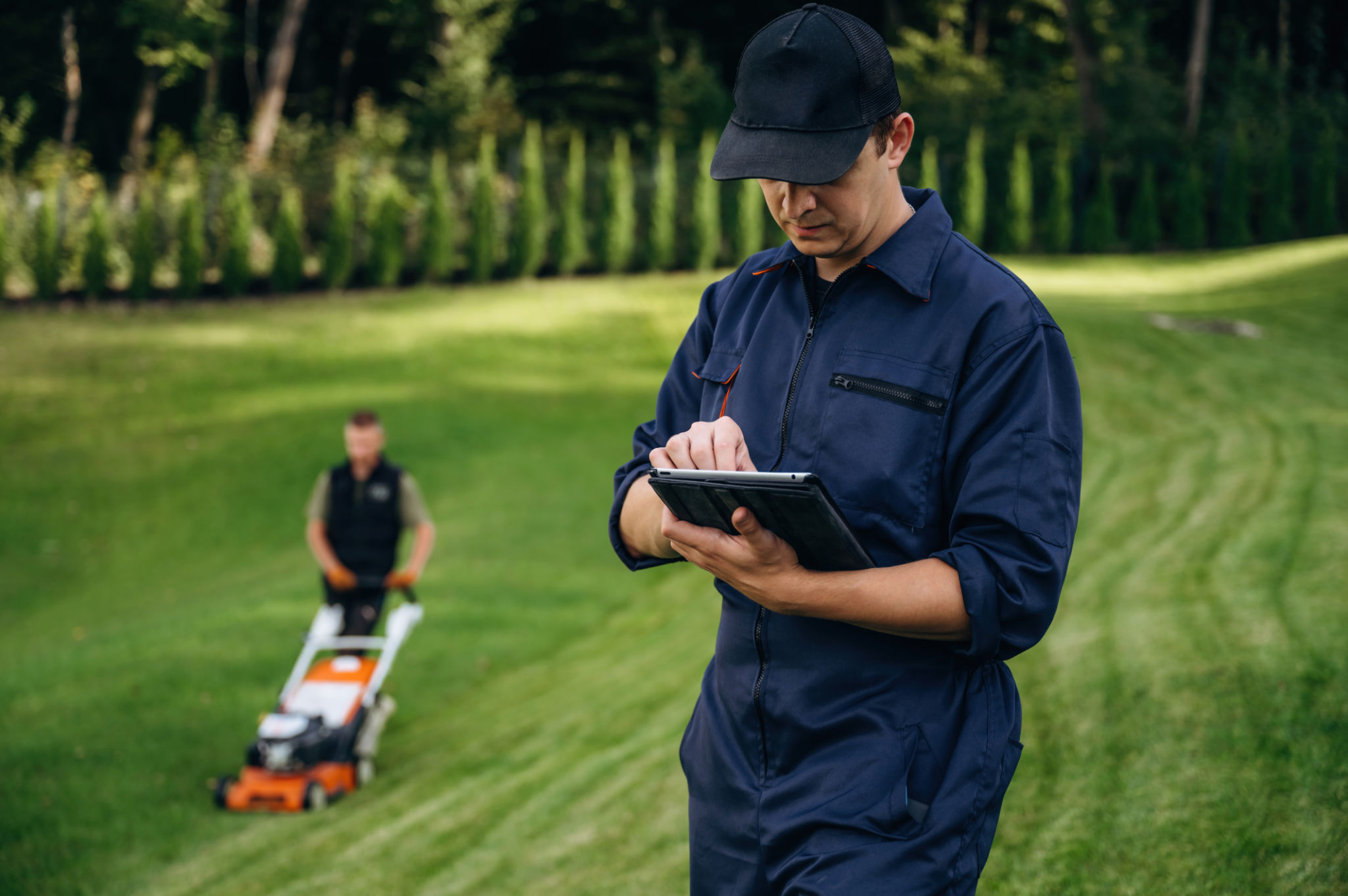The Ultimate Guide to Commercial Lawn Care in Castle Hayne
Maintaining a lush, green landscape can significantly enhance the curb appeal of any commercial property. In Castle Hayne, where the climate is favorable for various types of grass, having a well-kept lawn is an achievable goal. This guide will help you navigate the essentials of commercial lawn care, ensuring your property stands out.
Effective lawn care requires more than just regular mowing. Understanding the specific needs of your grass type, soil conditions, and local weather patterns is crucial for maintaining a healthy lawn. Let’s dive into the key aspects of commercial lawn care in Castle Hayne.

Understanding Your Lawn's Needs
Soil Testing and Preparation
One of the first steps in effective lawn care is soil testing. Understanding the pH and nutrient levels of your soil helps determine what amendments are needed. A balanced soil provides the foundation for healthy grass growth. Once you have your results, you can proceed with necessary soil treatments.
Proper soil preparation involves aeration and fertilization. Aerating the soil helps improve water and nutrient absorption, while fertilization supplies the grass with essential nutrients. Regularly performing these tasks ensures your lawn remains vibrant and healthy.

Choosing the Right Grass Type
Castle Hayne's climate supports a variety of grass types, including Bermuda, Zoysia, and Fescue. Each type has its own set of maintenance requirements. For instance, Bermuda grass thrives in full sunlight and requires frequent mowing, while Fescue is more shade-tolerant and needs less frequent cutting.
Consulting with a local lawn care expert can help you choose the right grass type that matches your property’s specific conditions and your maintenance capabilities.
Seasonal Lawn Care Tips
Spring and Summer Care
During the warmer months, focus on regular watering and mowing. Grass typically needs about an inch of water per week, either from rainfall or irrigation. Mowing should be frequent enough to maintain the grass at the optimal height for its type. Avoid cutting more than one-third of the grass blade at a time to prevent stress.

Fall and Winter Maintenance
As temperatures drop, your lawn care routine should adjust accordingly. Fall is an ideal time for overseeding and fertilization, as the cooler weather supports root growth. In winter, reduce mowing frequency and avoid excessive foot traffic on the grass to prevent damage.
Proper seasonal care ensures your lawn stays healthy year-round, making it less susceptible to pests and diseases.
Dealing with Common Lawn Issues
Pest and Weed Control
Pests and weeds can quickly turn a beautiful lawn into an eyesore. Implementing an integrated pest management system helps control infestations naturally and effectively. Using environmentally friendly herbicides can manage weed growth without harming the grass.
Regular monitoring and prompt action are key to keeping these issues in check. Early detection allows for more effective treatment and prevents extensive damage.

Addressing Lawn Diseases
Fungal diseases like brown patch and dollar spot are common in the area. Ensuring proper drainage and avoiding overwatering can mitigate these issues. Fungicides may be necessary in severe cases, but prevention through proper lawn care practices is always preferable.
By understanding and addressing these common issues, you can maintain a pristine commercial lawn that enhances your property’s appeal.